Publication
> 'Chiral two-body currents and neutrinoless double-β decay in the quasiparticle
random-phase approximation'
Chiral two-body currents and neutrinoless double-β decay in the quasiparticle
random-phase approximation
Author
| Engel Jonathan, Prof. | Department of Physics and Astronomy, University of North Carolina, Chapel Hill, North Carolina 27516-3255, USA |
| Šimkovic Fedor, prof. RNDr. CSc. | IEAP |
| Vogel Petr, Prof. | Kellogg Radiation Laboratory, California Institute of Technology, Pasadena, California 91125, USA |
Year
2014
Scientific journal
Phys. Rev. C 89, 064308
Abstract
We test the effects of an approximate treatment of two-body contributions to the axial-vector current on the quasiparticle random-phase approximation (QRPA) matrix elements for neutrinoless double-beta decay in a range of isotopes. The form and strength of the two-body terms come from chiral effective-field theory. The two-body currents typically reduce the matrix elements by about 20%, not as much as in shell-model calculations. One reason for the difference is that standard practice in the QRPA is to adjust the strength of the isoscalar pairing interaction to reproduce two-neutrino double-beta decay lifetimes. Another may be the larger QRPA single-particle space. Whatever the reasons, the effects on neutrinoless decay are significantly less than those on two-neutrino decay, both in the shell model and the QRPA.
Projects
Cite article as:
J. Engel, F. Šimkovic, P. Vogel, "Chiral two-body currents and neutrinoless double-β decay in the quasiparticle
random-phase approximation", Phys. Rev. C 89, 064308 (2014)
Search
Recent events
Seattle, USA
8-15 Nov 2014
Surrey, United Kingdom
Sep. 8, 2014
April 24, 2014
3 Apr 2014
Seoul, Korea
27 Oct - 2 Nov 2013
Paris
23-27 June 2013
29 Oct - 3 Nov 2012



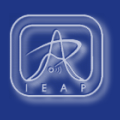


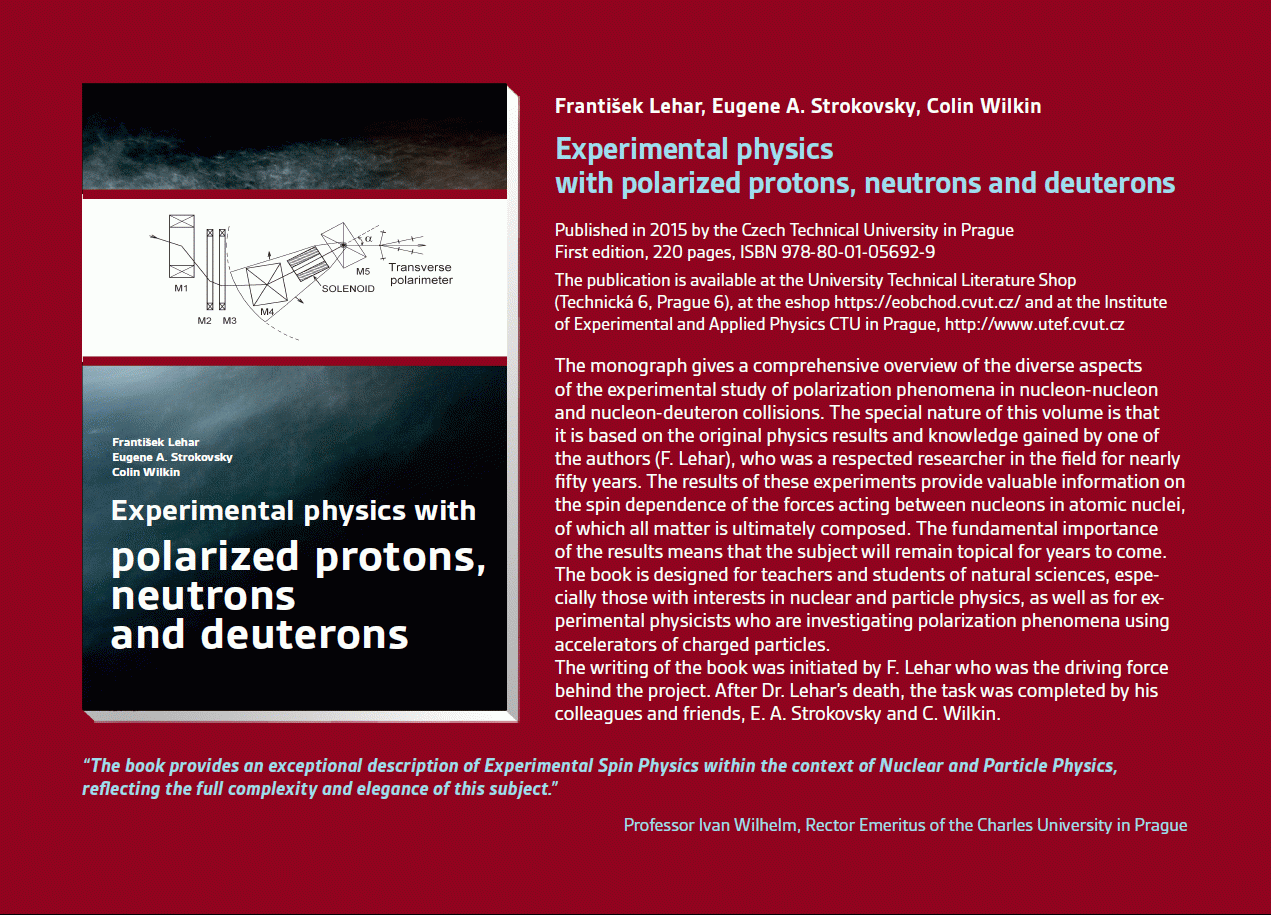 Experimental physics
with polarized protons, neutrons and deuterons
Experimental physics
with polarized protons, neutrons and deuterons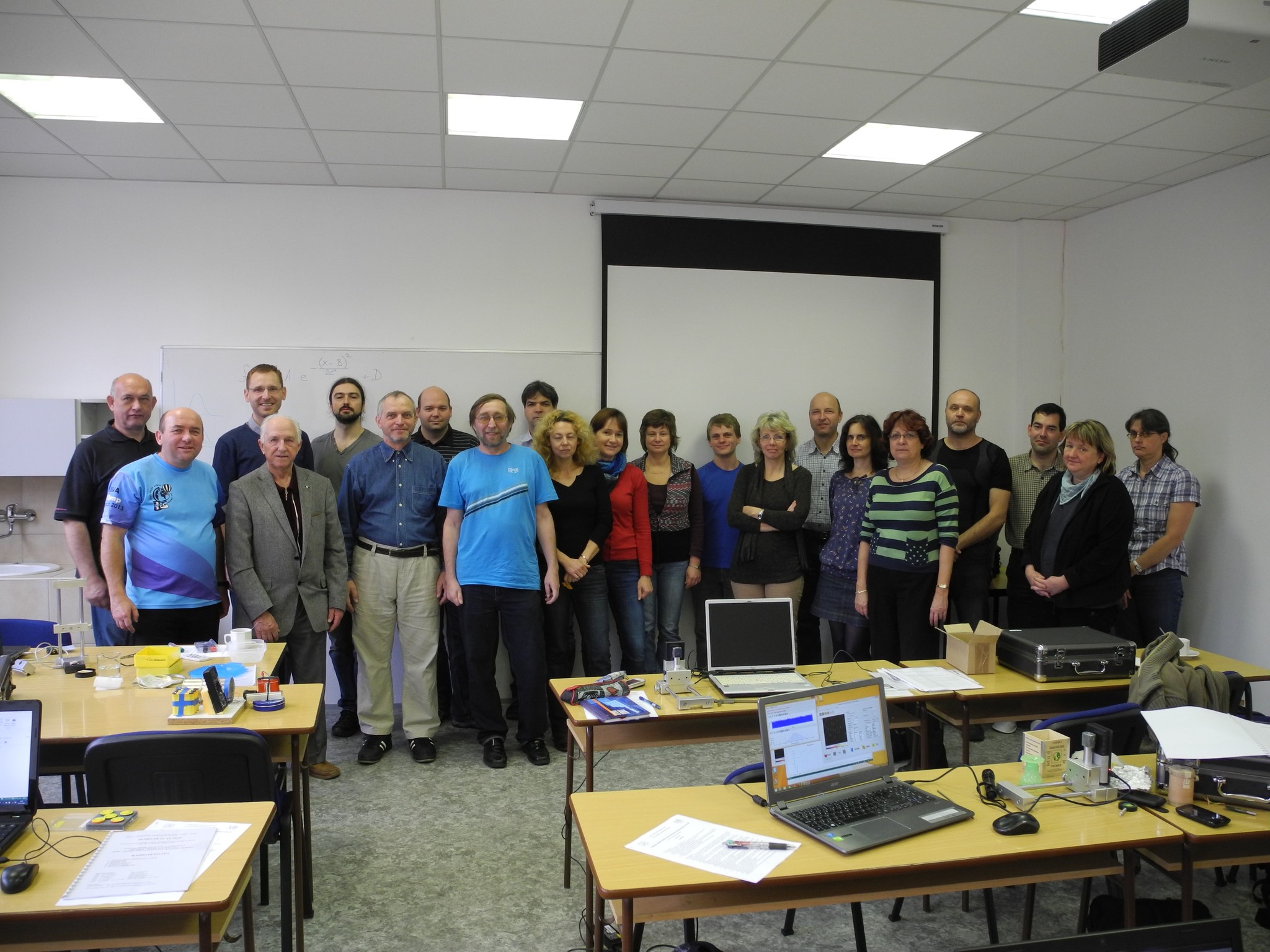 Progressive detection methods in atomic and particle physics education at middle and high school level
Progressive detection methods in atomic and particle physics education at middle and high school level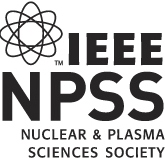 NSS MIC IEEE Conference
NSS MIC IEEE Conference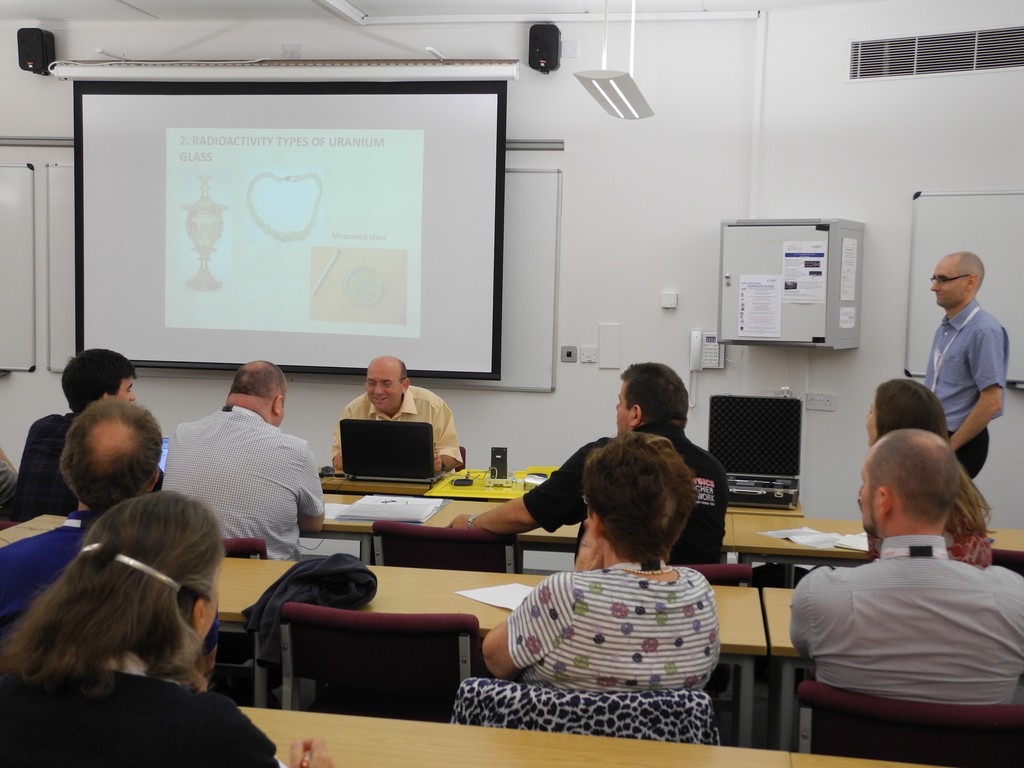 SEPnet, CERN@school Conference
SEPnet, CERN@school Conference Lovci záhad - natáčení ČT ve spolupráci s ÚTEF
Lovci záhad - natáčení ČT ve spolupráci s ÚTEF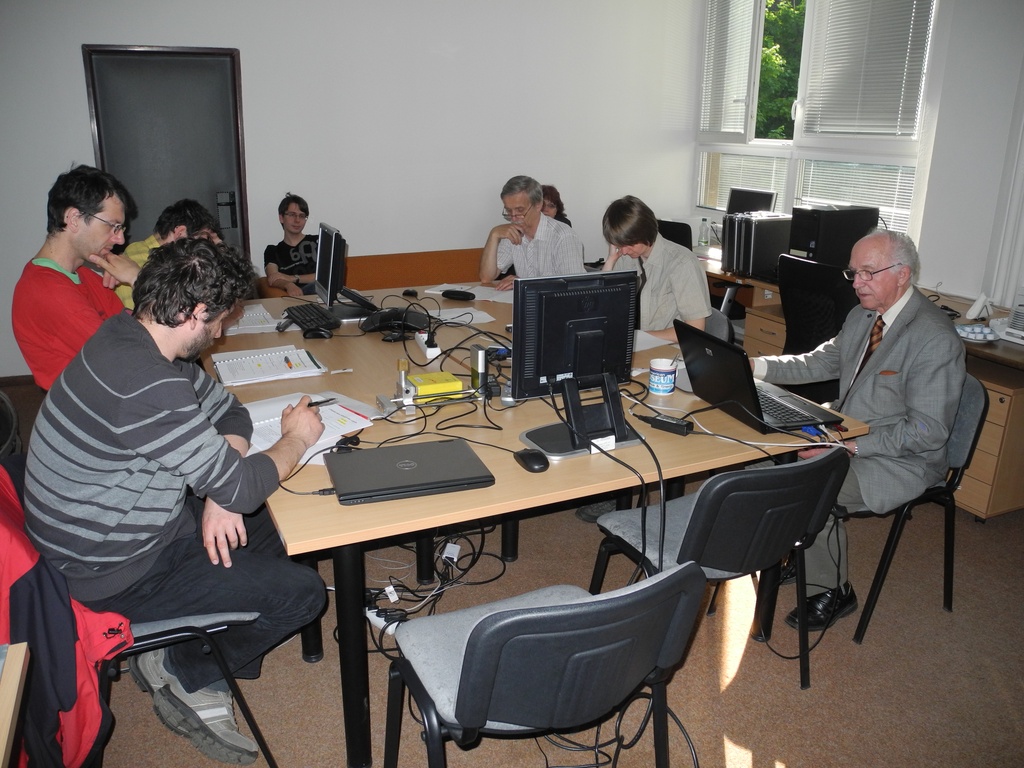 Advanced detection methods in atomic and subatomic physics education.
Advanced detection methods in atomic and subatomic physics education.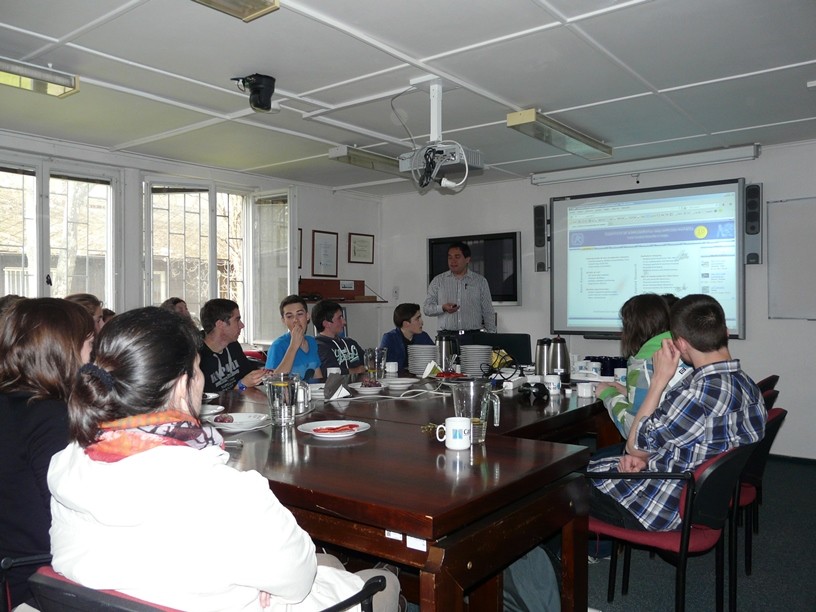 Listening to the universe by detection cosmic rays - visit of French and Czech students
Listening to the universe by detection cosmic rays - visit of French and Czech students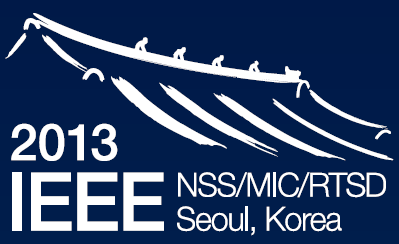 NSS MIC IEEE Conference
NSS MIC IEEE Conference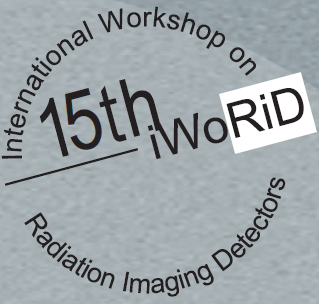 15thIWORID
15thIWORID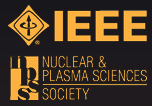 NSS MIC IEEE Conference
NSS MIC IEEE Conference